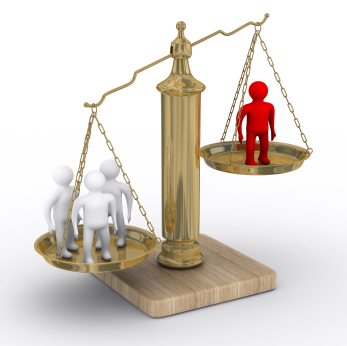Microsoft Dynamics NAV ERP: 4 Reasons it's Right for Your Business
The Microsoft Dynamics NAV ERP solution is one of the most popular business management systems that can help your company with the tools you need to...
2 min read
Clients First, Texas Thu, Dec 05, 2013

Whether you’ve been offering distribution services for years, or you’re just now dipping your toes in the troubled waters of this industry sector, you must be prepared to face specific issues. Complying with lean supply chain practices, meeting ever-changing customer demands, keeping up with distribution trends and finding the right approach to profitability are just a few challenges distributors deal with as we speak. To these, we can add the difficulty of having to compare ERP software products, such as NAV and GP, in order to choose the most viable solution for your organization.
toes in the troubled waters of this industry sector, you must be prepared to face specific issues. Complying with lean supply chain practices, meeting ever-changing customer demands, keeping up with distribution trends and finding the right approach to profitability are just a few challenges distributors deal with as we speak. To these, we can add the difficulty of having to compare ERP software products, such as NAV and GP, in order to choose the most viable solution for your organization.
Although NAV and GP are two different software products, especially deployed to match different business needs, they address a series of similar issues, helping you:
Integrate CRM: Your local Dynamics NAV partner and GP provider can integrate the system's inherent abilities that permit you to review customer credit report, customer-specific pricing, order commitments, databases and documents. The businesspeople who compare ERP software can also observe that both GP and NAV are able to streamline customer support and billing; offer online self-service without compromising security; provide essential data for building new partnerships; track different service options; and even assist users in developing targeted marketing campaigns for prospects and existing customers.
To sum it all up, these two solutions can improve operational efficiency, reduce costs, boost profitability, promote enterprise-wide coordination, integrate and automate manual processes, and support business flexibility – an important aspect for trying new strategies. Now, it’s time to compare ERP software and see how these two solutions are different. Our upcoming webinar will provide the answers you need to determine which solution is right for you. Attend our live webinar on GP vs. NAV hosted by Texas based Microsoft Gold ERP Partner, Clients First.

The Microsoft Dynamics NAV ERP solution is one of the most popular business management systems that can help your company with the tools you need to...

Microsoft Dynamics NAV was developed with the understanding that having accurate information about business operations is an essential requirement...

1 min read
As ERP consultants, we work with businesses who understand the importance of investing in technology to maximize their business potential and...